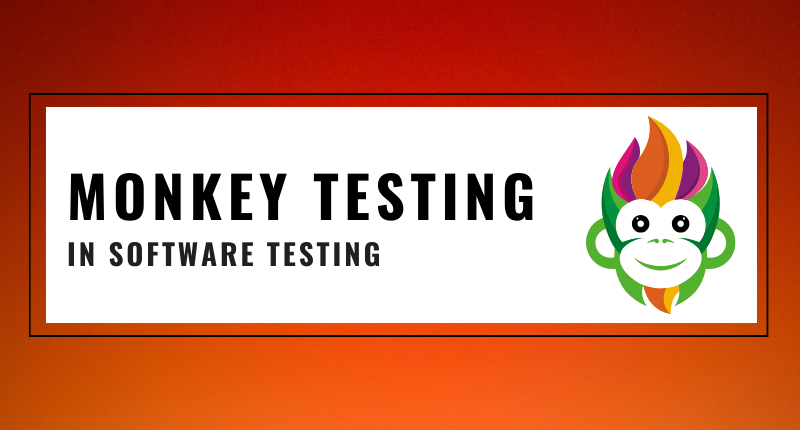In the dynamic world of software development, ensuring that your application is robust and resilient is paramount. Software testing plays a pivotal role in identifying vulnerabilities and defects that could potentially disrupt the user experience. Among the many testing methodologies available, Monkey Testing stands out as a unique and intriguing approach. In this blog post, we will delve into the world of Monkey Testing, discussing its principles, benefits, and challenges.
What is Monkey Testing?
Monkey Testing, also known as Random Testing or Fuzz Testing, is a type of software testing where the application is subjected to random and unpredictable inputs to uncover unexpected behavior, security vulnerabilities, and software crashes. Unlike traditional testing methods that follow predetermined test cases, Monkey Testing relies on sheer randomness to simulate real-world scenarios, often leading to uncovering hidden defects.
Principles of Monkey Testing
Random Input Generation: Monkey Testing generates random inputs such as keystrokes, mouse clicks, or API calls to interact with the software. These inputs are not guided by any specific test case.
Exploratory Nature: Monkey Testing explores the software’s capabilities by navigating through various features, functions, and user interfaces without a predefined script.
Automated Execution: To harness the full potential of Monkey Testing, automation tools are commonly used. These tools ensure that a vast number of random inputs are applied consistently.
Benefits of Monkey Testing
Uncovering Hidden Issues: Monkey Testing excels at exposing unanticipated issues, edge cases, and vulnerabilities that might be missed in conventional testing. It helps identify memory leaks, crashes, and boundary-related bugs.
Improved Security: As Monkey Testing injects unpredictable data into the system, it is an effective technique for discovering security weaknesses, such as input validation flaws and buffer overflows.
Real-world Simulation: By mimicking user behavior, Monkey Testing provides a closer approximation of how the software will perform under real-world conditions, making it a valuable addition to other testing methodologies.
Time and Cost Efficiency: Monkey Testing can save time and resources by automating the testing process, making it suitable for applications with vast functionality and frequent updates.
Challenges of Monkey Testing
Lack of Precision: The randomness of Monkey Testing can lead to numerous irrelevant or redundant test scenarios, making it challenging to pinpoint the root cause of issues.
Resource Intensive: Running Monkey Tests can be resource-intensive due to the vast number of tests executed. This may require a dedicated test environment and significant computing power.
Limited Coverage: While Monkey Testing is excellent at discovering certain types of issues, it may not provide comprehensive coverage for all aspects of software functionality.
False Positives: The chaotic nature of Monkey Testing can sometimes produce false positives, requiring additional effort to validate results.
Conclusion
Monkey Testing, with its unconventional and unpredictable approach, has proven to be a valuable addition to the software testing arsenal. It excels at uncovering hidden issues, improving security, and simulating real-world scenarios. However, it also comes with challenges related to precision, resource consumption, and coverage. When used in conjunction with other testing methodologies, Monkey Testing can be a powerful tool in ensuring the robustness and reliability of your software applications. As software development continues to evolve, embracing innovative testing techniques like Monkey Testing is essential to stay ahead in the ever-competitive tech landscape.




